HEAT STROKE Heat stroke is a medical emergency. You can die from it. Your body has used up all its water and salt and cannot cool itself. Your temperature rises to dangerous levels. Symptoms:
CONTROLS:
Here’s how to avoid heat stress in the first place:
0 Comments
http://www.constructionexec.com/article/training-requirements-in-construction Training has become a strong focus recently in the construction industry to reduce accidents and injuries. Studies have proven that training not only provides a more competent workforce, but also a safer work environment. Another motivating factor is fines from the result of OSHA citations. In the 2017 top 10 list, 4,174 of the citations were training related. If those were all compiled into one standard, it would have been the 3rd most frequently cited standard in 2017. But, when is training required? When is refresher training required? What documentation is needed? What resources are available? When is Training Most people are familiar with, and already have training programs for, aerial lifts, rigging & signaling, and powered industrial trucks. But, just to name a few others, hand & power tools, stairways and ladders, occupational noise exposure, fire protection, and employee emergency action plans also require a written training program. What about earth moving equipment, golf carts, and other equipment with no direct OSHA standard? 1926.20(b)(4) states that “the employer shall permit only those employees qualified by training or experience to operate equipment and machinery.” This proof of competency is accomplished through the creation of a written training program. The focus of this program is the recognition and avoidance of hazards and unsafe conditions related to the task. Elements needed in the program include the type of instruction, practical training, and evaluation methods used. Each employee that could be assigned that task or exposed to that hazard must be trained, if not that could be considered a separate violation. It is the responsibility of the employer to document and prove competency. Depending on the type of training, toolbox talks can also be used. When is Refresher Training Required Refresher training can be broken down into three categories: OSHA driven, accident/injury driven, and company driven. The following OSHA standards require annual training refreshers: bloodborne pathogens, confined space rescue team, hazardous waste operations and emergency response (HAZWOPER), occupational noise exposure, and respiratory protection. Toxic and hazardous chemicals all require at least initial training; the following hazardous chemicals require annual training: acrylonitrile, asbestos, benzene, butadiene, cadmium, carcinogens, coke oven emissions, ethylene oxide, formaldehyde, inorganic arsenic, lead, methylenedianiline, & vinyl chloride. First Aid/CPR requires refresher training every 2 years. Process safety management and powered industrial trucks require refresher training every 3 years. Aerial lift refresher should occur every 4 years. Refresher training can also be required in the event of an accident, injury, or near miss. This category includes: when an operator of a vehicle or equipment is observed using it in an unsafe manner, the operator has received an evaluation that reveals the operator is not operating safely, the operator is assigned a different vehicle or equipment, or as workplace conditions change that affect safe operation of the vehicle or equipment. Finally, the company has the ability to implement their own refresher training dates, as long as they minimally meet the OSHA standards. Training Documentation Required The documentation needed for training varies for each standard. But, at a minimum the following information is required. (1) Name and signature of the trainer; (2) Name of the employee (signature is not required); (3) Date of training; (4) Subject of training; (5) Proof of competency and date of evaluation. This proof of competency can be a written test, practical evaluation sheet, or a combination of both. Another critical piece of documentation is the availability of the records. The employer is required to make the training records available to employees and upon request to the Assistant Secretary and the Director for examination and copying. These training documents must be produced within 4 hours of being requested. The storage of records should be maintained for a minimum of 3 years after the date of training. Only the most current training records need to be stored. Failure to document employee safety training can lead to OSHA citations and fines in the event of an OSHA inspection or in an accident investigation. Resources Available Training resource information can also be broken into 4 categories: manufacturer, Insurance agencies, suppliers/dealers, and regulatory agencies. Manufacturers’ create manuals and other safety information that explains safe operating standards and training requirements for the equipment or machinery. OSHA relies on these manuals in the absence of written standards when writing citations. Insurance agencies can provide written training programs and even training in some cases. Equipment and tool dealers also can provide written programs and competent person training. Regulatory agencies, such as OSHA or ANSI, produces a multitude of great resources and publications. The best resources for OSHA training requirements is OSHA 2254 publication “Training Requirements in OSHA Standards.” This publication is the compilation of all OSHA standards in general industry, maritime, construction, agriculture, and federal employee programs that have training requirements. Reposted from constructionexec.com, May 18, 2018, a publication of Associated Builders and Contractors. Copyright 2018. All rights reserved. http://www.constructionexec.com/article/training-requirements-in-construction OSHA Standard: 1926.21
Occurrence: Initial assignment Frequency: As jobsite conditions or roles change Training Style: Varies, but could include classroom training, toolbox talks, and hands-on training. Employer Responsibilities: 1) The employer should create training programs and have them available for OSHA and employees to review. 2) The employer shall instruct each employee in the recognition and avoidance of unsafe conditions and the regulations applicable to his work environment to control or eliminate any hazards or other exposure to illness or injury. 3) Employees required to handle or use poisons, caustics, and other harmful substances shall be instructed regarding the safe handling and use, and be made aware of the potential hazards, personal hygiene, and personal protective measures required. 4) In job site areas where harmful plants or animals are present, employees who may be exposed shall be instructed regarding the potential hazards, and how to avoid injury, and the first aid procedures to be used in the event of injury. 5) Employees required to handle or use flammable liquids, gases, or toxic materials shall be instructed in the safe handling and use of these materials and made aware of the specific requirements. 6) All employees required to enter into confined or enclosed spaces shall be instructed as to the nature of the hazards involved, the necessary precautions to be taken, and in the use of protective and emergency equipment required. The employer shall comply with any specific regulations that apply to work in dangerous or potentially dangerous areas Employee Responsibilities: Employees are to ensure they have been trained in their assigned roles. If roles change, they must ensure that they are trained and competent in the new roles. And, they must request information if they are unsure of the hazard or what protective system they need to employ. Summary: This is a pretty short and sweet standard but has wide reaching effects. It is the employers responsibility to perform a hazard analysis of each task and of the jobsite and determine what training and controls are necessary. So, do you have a program in place for working with caustic and flammable liquids? And do you have a policy for working around harmful plants and animals? And how do you track employee competency of the task? Contact STAC for assistance if you have any questions! [email protected] OSHA Standard: 1926.20 – Accident Prevention Responsibilities
Occurrence/Frequency: FREQUENT and REGULAR inspections of the job site, materials, and equipment to be made by COMPETENT person. Style of Program: Written program that is initiated and maintained. Location: N/A Employer Responsibilities: This standard has several employer requirements for job site inspections:
Employee Responsibilities:
Summary: This is the standard that is regularly cited under OSHA, mainly for failure to perform frequent and regular jobsite inspections. The core principle of this standard is training hazard identification, authorization, and qualification. This standard also brings up the topic of equipment training. Unlike the power industrial truck, earth moving equipment does not have a direct standard. However, this is the standard that OSHA uses to cite companies that do not properly train their employees. One way to verify if you employees have been trained is to use to STAC system to run reports on what current training your employees have. OSHA Standard: 1926.35(e) Employee Emergency Actions Plan
Occurrence: Initial Frequency: As Conditions or Roles Change Training Style: 10 or fewer employees may be communicated. 11 or more requires a written plan with documented training. Location: The written plan shall be kept at the workplace and made available for employee review. Employer Responsibilities: Before implementing the emergency action plan (EAP) the employer is responsible to designate and train a sufficient number of employees to assist in the safe and orderly emergency evacuation of employees. The employer is required to review the EAP initially when the plan is developed, whenever the employee’s responsibilities or designated actions under the plan changes, and whenever the plan is changed. The employer is also responsible to review the plan with each employee upon initial assignment those parts of the plan which the employee must know to protect the employee in the event of an emergency. Employee Responsibilities: Employees are responsible to know the role that are assigned and the task(s) related to that role. Summary: The hardest thing about a construction site is that the structure is continuously changing as construction goes on. Therefore, it is important when employees first arrive to the site they are instructed on the EAP. Furthermore, as conditions or employees change the plans needs to be updated and trained upon to ensure compliance with the standard. Another important point is the documentation of training. The STAC system offers a perfect streamlined solution to documenting all training and be able to run reports on who doesn't have training. This could prove crucial during an OSHA inspection. Contact us today if you are interested in learning more about STAC. Craig Bengel Vice President of Safety & Customer Service [email protected] C. 513-582-3888 O. 513-574-7822 As a core value of business, both in construction and other industries, most will rank safety as a top priority. In construction, many top contractors have accepted and implemented safety oriented cultures and programs to promote going home in the same way they came to work. STAC Enterprises is producing this report because we too believe safety should be a top priority for every business. By partnership in every safety culture, whether it be an industry association or individual companies, we look to set and improve the standard on safety accountability. In this report, information from the latest U.S. Bureau of Labor Statistics will be displayed and discussed to allow other contractors to use as a baseline to benchmark against. By making this information readily available and palatable on a local level, we can start the conversation to assist companies in a benchmarking process and improve awareness in the local area. Beginning on a national level, the report will then focus primarily on the Ohio, Kentucky, and Indiana “Tri-State” area. We want this report to be a conversation starter while encouraging our local industry associations to start benchmarking with one another and begin sharing as an industry how we bring these numbers down in the local area. As the information provided from the 2016 and previous years releases is primarily lagging indicators, the complete picture cannot be grasped without the help of additional contractor input. In future releases, the goal is to also obtain and reveal best practices from local contractors for other industry partners to emulate. Through collaboration and technology we can improve our local area by improving business practices and improving people’s lives. National OutlookNonfatal Information: In the latest Survey of Occupational Injuries and Illnesses, the private industry sector had an all-time low in the number of reported nonfatal workplace injuries and illnesses. Companies in 2016 reported nearly 48,500 fewer nonfatal injury and illness cases in 2016 than the previous year. This decline has been a continued pattern for over a decade. The construction industry also experienced an all-time reported low in incident rates per 100 full-time equivalent (FTE) workers. Below in Chart 1 the overall private industry is compared with construction and manufacturing over the last decade. Although the total number of reported incidents were lower, the number of more serious occupational injuries and illness was slightly higher as the days away from work was essentially unchanged from 2015. In regards to construction, there were roughly 1,200 fewer reported occupational injuries, although the number of incidents with days away from work, job transfer, or restriction increased by roughly 3,000 from 2015 as seen in Table 1. The overall incident rates for both characteristics of incidents, days away from work, job transfer, or restriction and other recordable cases are both down for the year 0.1 and 0.2 respectively. The question comes to mind, have we really gotten better, or just better at reporting? General contractors in an effort to reduce incident rates and improve response time are putting EMS professionals on site, which provides better first aid care to the individuals, yet essentially removes the smaller first aid reporting which would sometimes show on a OSHA Log. Likewise, employers have begun to seek more knowledgeable healthcare facilities which would choose to use first aid measures that are not recordable versus those which would have traditionally used stitches, or prescribed some type of medication or ointment. Does this explain the full picture or is there more for the story to tell? Seen as forward progress due to the lower incident rate, one would believe that the overall industry would be getting much safer although the next set of statistics may point in the opposing direction.
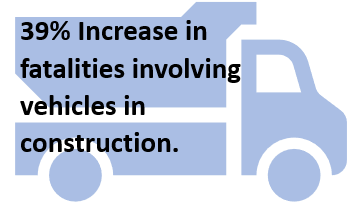 With an industry in need of skilled workers, those that would traditionally retire have continued to stay and work while the industry continues to recruit. Unfortunately, 2016 reported an increase in fatalities of construction workers over the age of 55. Vehicular accidents also increased by 39% for the construction industry meaning workers are increasingly being impacted on their commute to projects. This information may have also been the reason first line supervisors had the highest fatality count since 2003. The fatal four; falls, struck by, caught in between and electrocution once again claimed the most lives in 2016 for construction with nearly 2/3 of all fatalities. Occupations such as roofers and structural steel ironworkers experienced death counts of 101 and 16 respectively, both the highest counts since 2003 for each occupation. Lastly an increase in workplace violence contributed to such historically high rates in this decade. Although the fatality rates have remained the same for the industry as a whole, the loss of nearly 1,000 construction workers in a year is unacceptable and must be decreased. What can we do to decrease these numbers? Is it training and education, is it better equipment or tools, or is it culture that needs improved? Reports from Dodge Data and Analytics, as well as the Associated Builders and Contractors indicate that a strong safety program lead by upper management and shown by example have a strong correlation with reduced injuries and incident rates for contractors. Has your organization truly adopted the practices in which they claim to take to heart or is it another box to check for an owner, general contractor or compliance agency? How is this attitude locally? Tri-State Outlook (Ohio, Kentucky, and Indiana)Employment Information: The common theme of the Tri-State area is simple – as an industry we can’t find enough people to do more work. Seems like everyone is busier than a one armed wallpaper hanger. This information is reflected in the most recent employment and unemployment rates for the Cincinnati Area. Currently the construction industry employment in the Tri-State region is near the highs of 2008 at the beginning of the Great Recession shown in Chart 2. Employment for the construction industry has been on a steady climb from its lowest depression in 2010. This information also closely corresponds with the regional unemployment rate below the national average and the regional statewide averages. As seen in Chart 3, the Cincinnati Area unemployment rate dropped 5% or 0.2 from November 2016 to November 2017, less than the national average of 11%. With such an increase in work and employment, is the safety related information keeping in line with national standards? 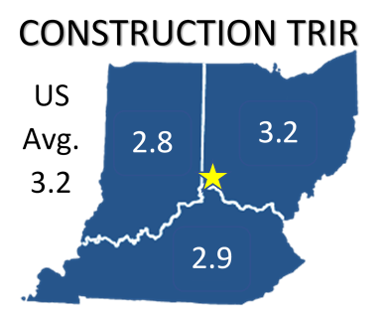 Safety Statistics: The three states, Ohio, Kentucky, and Indiana, within the tri-state region, all are at or below the national average for construction when it comes to total recordable cases (TRIR). The OSHA Recordable Incident Rate (or Incident Rate) is calculated by multiplying the number of recordable cases by 200,000, and then dividing that number by the number of labor hours at the company. Ohio, with the worst of the three states, matches the national average of 3.2. Kentucky, then Indiana come next in line with 2.9 and 2.8 respectively. Indiana also has the best average for specialty trade contractors at 2.9 which is below the national average of 3.5 Shown in the Reference Table below, one can see most of the individual trades or other sub-sectors of the industry are not reported on a state by state basis. Ohio though, has the best in the tri-state for highway construction and finishing contractors with rates of 1.9 and 1.4 which are well below the national average of 3.5 in both of those selected industries. Local contractors and industry association safety initiatives may be assisting the efforts to reduce overall incidents and safety indicators on local projects. Service in your local area, transparency between contractors, accountability within your organization and collaboration with local and regional trade associations is key for a strong safety culture. Take these statistics to heart and promote safe work practices today. As an industry we must remove our incidents, fatalities and the mindset that safety is not a top priority!
 Without even realizing it we have entered a new industrial revolution. We are now living in the Digital Technology Revolution. These effects have already been seen in other industries, but the engineering and construction sectors have been slow to adopt to the new technologies. We are living in an adopt and overcome or resist and attempt to catch-up age. These trickling adaptations have currently been in use in the form of computer assisted drawing (CAD), 3D modeling and printers, electronic transmission of drawings and blue prints, and digital storage of records, to name a few. However, no matter how slow the industry is to change the digitization of the construction sector will continue to grow and improve the industry through cost savings. It is estimated there could be as much as a 20% reduction in the total life-cycle cost of a project with improvements in time, quality, and safety. There is another estimate that full-scale digitization could save $0.7 trillion to $1.2 trillion in the Design & Engineering and Construction phases and a further $0.3 to trillion to $0.5 trillion in the operation phase. Many companies have not fully embraced with this untapped digital goldmine for many different reasons; mainly because change takes time. STAC represents just one nugget in this potential gold mine of untapped potential. STAC allows for the housing of your digitized training records, with each employee receiving a QR enabled card for the records to be at their fingertips. This system drastically cuts down on paper records and allows for peace of mind that records can be easily found and won’t get lost. The ability to run reports on training records and electronic storage has the potential to save thousands in production and material. If you are interested in investing in the new age of technology, let us know. And we can show you how STAC can save you money. Perhaps no day in basic was as anti-climactic as live grenade training; the reason, was safety related. Like anything in basic training there is a walk, crawl, and run phase. The walk phase started the week earlier using rubber grenades. The crawl phase was performing a dry run with practice grenades which had pyrotechnics in them. All this culminated in the run phase with live grenades. The most important phrase which I had to memorize is a phrase from the crawl phase; forever stuck in my head is the line “proper grip, thumb to clip, twist pull pin, strike a pose, frag out” and then hit the dirt. The reason this line must be remembered and put into practice correctly every single time is for safety.  Proper Grip You must place your throwing hand on the clip of the grenade for the entire duration until the grenade is thrown. It is critical that the hand keeps a steady grip on the clip and not “milk” the grenade – this means changing the grip on the grenade, if you do this motion it looks like you’re milking a cow. If you pull the pin out of the grenade and “milk” the grenade it could explode in your hand. Thumb to Clip The next step is putting your non-throwing thumb to the clip of the grenade. The clip literally looks like a key ring. So, in this step you have both of your hands on the grenade. Twist Pull Pin Getting closer and closer to the explosion. With the non throwing thumb, you twist and pull the clip out of the grenade. This twisting and pulling feature it would be pretty difficult to do this step with your teeth. Strike a Pose The pose looks like a mix of a shot putter and a person dabbing. You’re non-throwing hand is basically supposed to be used as your aim. FRAG OUT! The grenade is a fragmentation grenade, because when it blows up it throws fragments through the air, hence the term “FRAG OUT.” This phrase is yelled loud for all others in the unit to hear. Once you throw the grenade, hit the deck. The drill sergeants made it very clear, that if we did not hit the deck, they would not hesitate to throw us to the ground. Interesting things to note. These steps should take seconds. The practice grenades are harder to employee, pulling the pin out is a real chore, and more dangerous. So, all of this sounds kind of exciting, but when it came to throw the real grenades, I couldn’t wait to get the day over. The Day All 200 soldiers in my basic training company was stuffed into a bomb proof bunker, with blast windows waiting to throw in one of three grenade lanes (each lane was separated by berms over 20 feet tall). It was extremely hot, and we were in full battle rattle. Kevlar helmet, safety glasses, gloves, ear plugs, and body armor. And it was basic training, so no talking and eyes forward—not that you could talk much with the constant explosions. The only funny thing that happened, one of my friends came back, Brandshaw, with a busted lip. The drill sergeant gave him one look and said, “looks like someone forgot to hit the ground. Don’t worry we will teach you later to hit the ground.” We were given two grenades to throw. When we ran out to the range cadre we had to yell what was our throwing hand; “right, right, right, right, right…” So, as I got out there the range cadre busted open the containers gave me my grenade, and it was go time; “proper grip, thumb to clip, twist pull pin, strike a pose, frag out” and I hit the dirt. Grenade number two I did the same thing “proper grip, thumb to clip, twist pull pin, strike a pose, frag out” and I hit the dirt. I would like to think that I threw it far, but to be honest, I don’t know exactly where the grenade landed, there was no target to throw toward and it’s not like I could see where the grenade landed. I was just ready to do my job and properly throw my grenades. And therein lies the reason for the anti-climactic, I had practiced it so many times it became routine and ordinary, it was part of our job. We never lost the sense of inherent danger of throwing live grenades or brushed it off. The crucial thing that we all can do with any high hazardous work is to ensure to have a plan in place, rehearse that plan to ensure it is safe, and perform the task the way it was practiced. This is important to remember whether that be throwing grenades or doing any other types of high hazard work.
I’m sure that you are aware of the OSHA Act of 1970: General Duty Clause 5(a)where it states the employer requirement, but are you aware of Section 5(b)?
(a) Each employer - (1) shall furnish to each of his employees employment and a place of employment which are free from recognized hazards that are causing or are likely to cause death or serious physical harm to his employees; (2) shall comply with occupational safety and health standards promulgated under this Act. (b) Each employee shall comply with occupational safety and health standards and all rules, regulations, and orders issued pursuant to this Act which are applicable to his own actions and conduct. What is sometimes lost in the world of safety is section 5(b) of the general duty clause and we only focus on 5(a). Partially the reason is that OSHA is going to cite the company, not the employee for working in an environment where a hazard occurs. But, if the employee knowingly put himself or herself at risk and violates company and OSHA policies, the company might not be cited. For instance, a recent case in Florida saw the judge vacate a general duty cause citation after an employee was struck by a reversing bulldozer. The reasoning—the Department of Labor representatives failed to establish that any of the workers were exposed to the struck by hazard, according to the Judge. Meaning, the employee knowingly put himself at risk against company polices. Cases like this show that 5(b) was intended to protect the company in cases where employees knowingly put themselves at risk, failure to follow their company training on hazards, and OSHA standards. So, what does this mean? Employers need to ensure they are giving the proper tools to their employees to spot these hazards. These tools include: 1)Pre-Planning, Pre-Planning, & more Pre-Planning: The failure to pre-plan and communicate with the safety professional is not the fault of the safety personnel when he/she shuts down operations due to safety hazard. 2)Training: It is important that workers are trained to recognize the hazards and the task they are being asked to perform. 3)Empowerment: Once workers have the training in recognizing hazards, they need to have the ability to feel like they are empowered to be able to stop work that puts that at risk. 4)Write-Ups: The dreaded write-ups, the hardest thing to do. It is important that safety professionals write-up employees that choose to take risk, without being asked, and create a hazardous work environment. Writing employees up and maintaining these records can be crucial when a company does have an incident and they can show that they write individuals up for failure to comply with 5(b) and company policies. 5)Sustain: The hardest part is ensuring that these principles are constantly maintained and if needed improved upon. Never get in the mindset of this is business as usual. The training tracking piece with then STAC system has the capability to allow for these tools to be put into action. A major piece in pre-planning is quickly knowing which employees are trained for what task and what further training that employees might need. Additionally, when each employee receives their own STAC card it is a representation of how serious the company takes safety and empowers them to know what training they have and when it expires. Thoughts: So, what are your thoughts on 5(b)? Have you ever heard of it? What is the current policy that you use to ensure employees are compliant with this law? |
AuthorSTAC Admin Categories
All
Archives
July 2024
|
||||||||||||

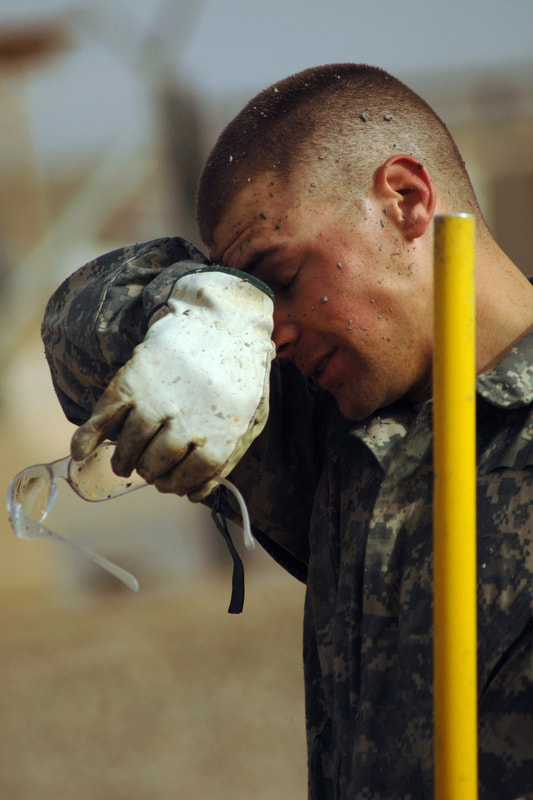
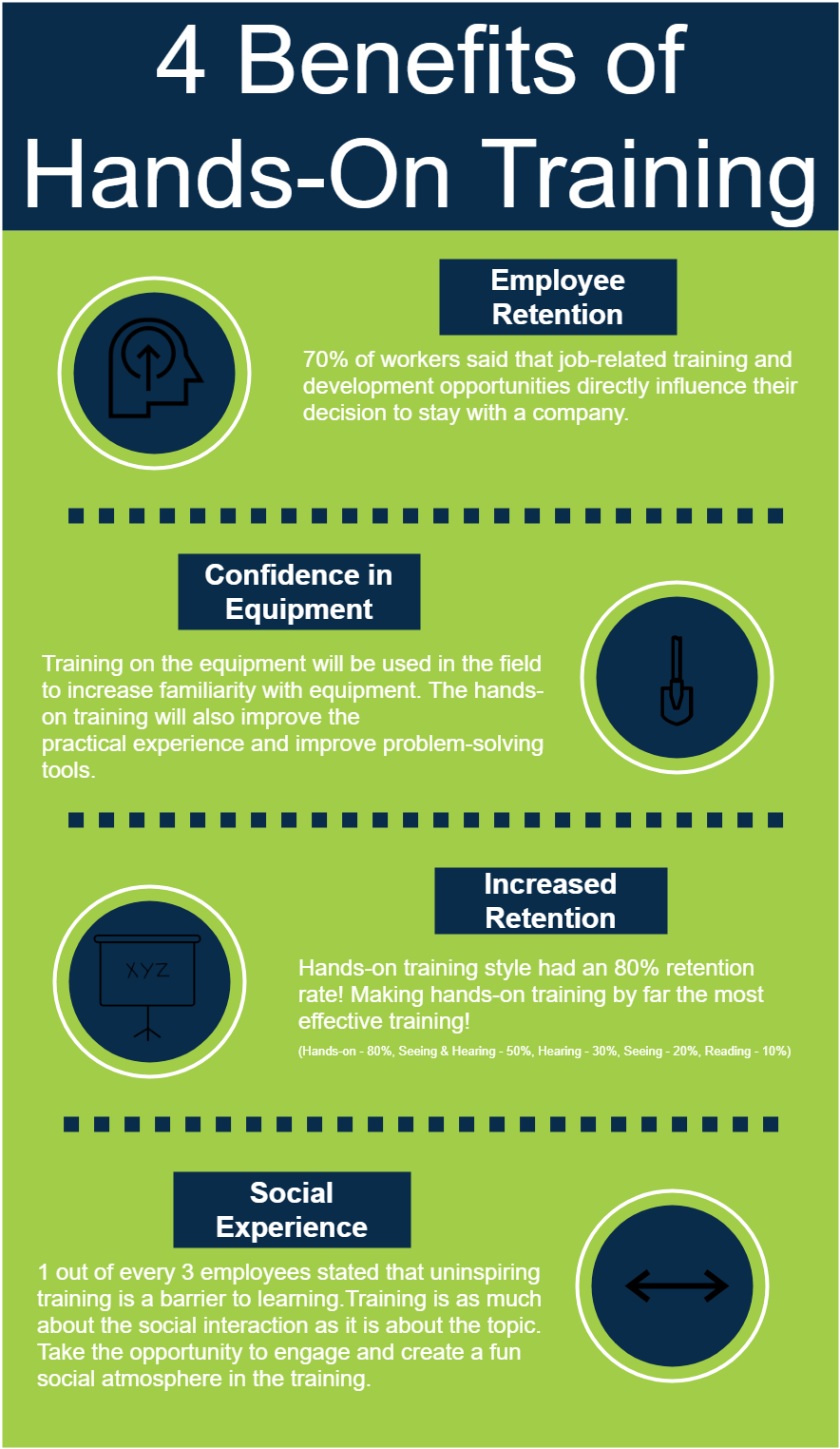

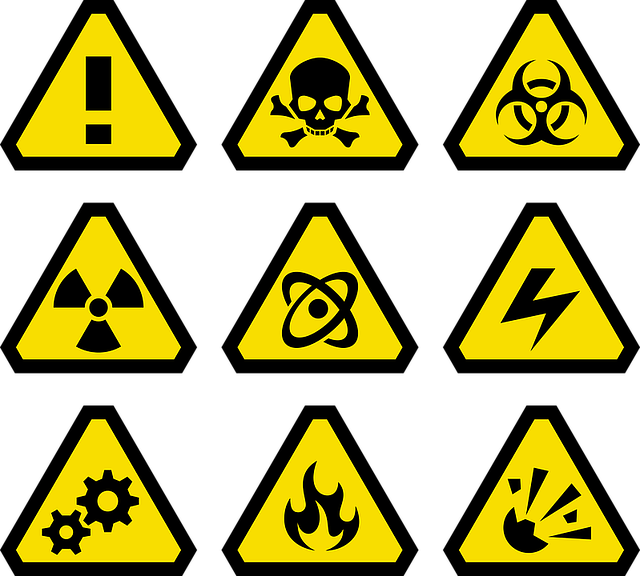
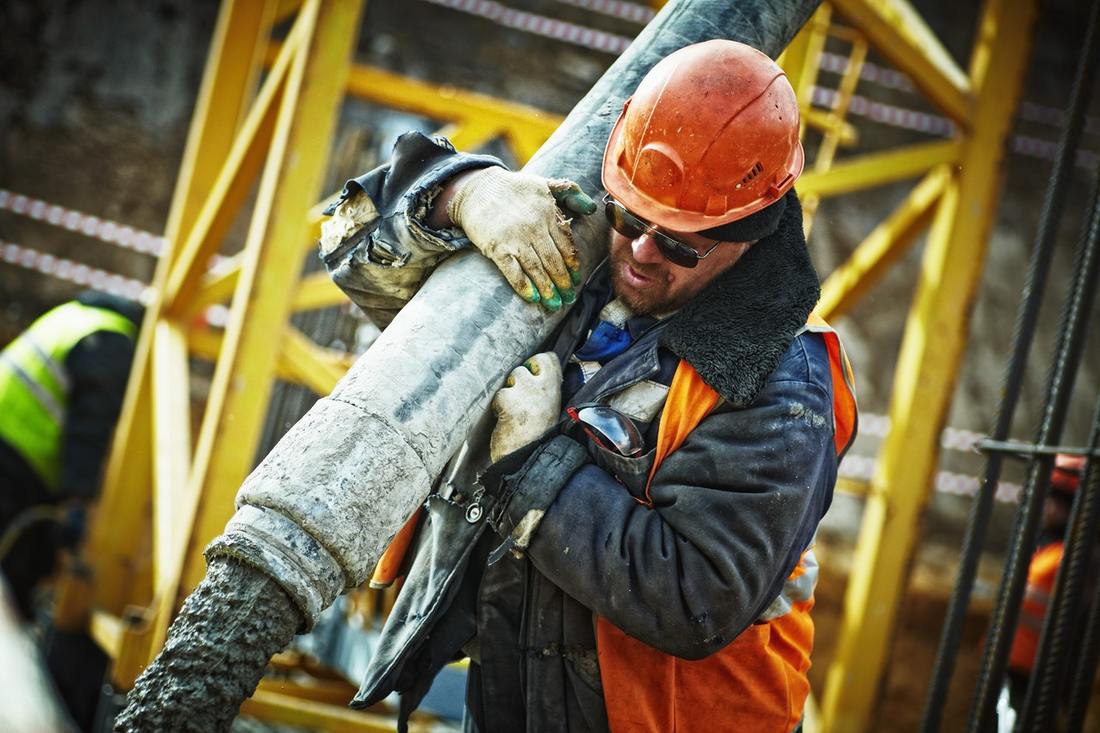

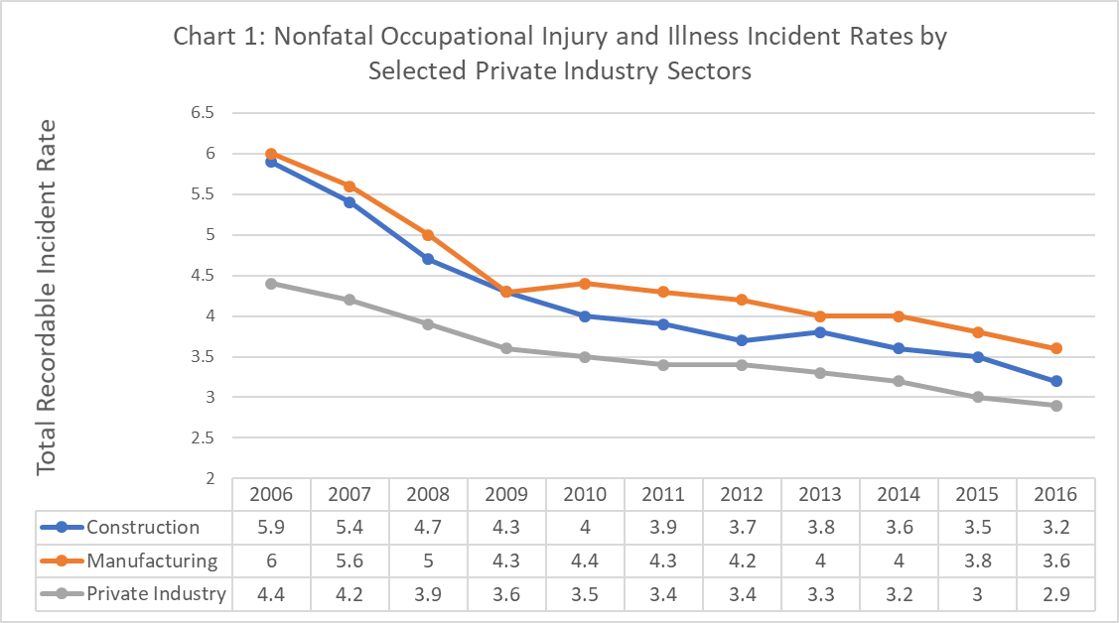

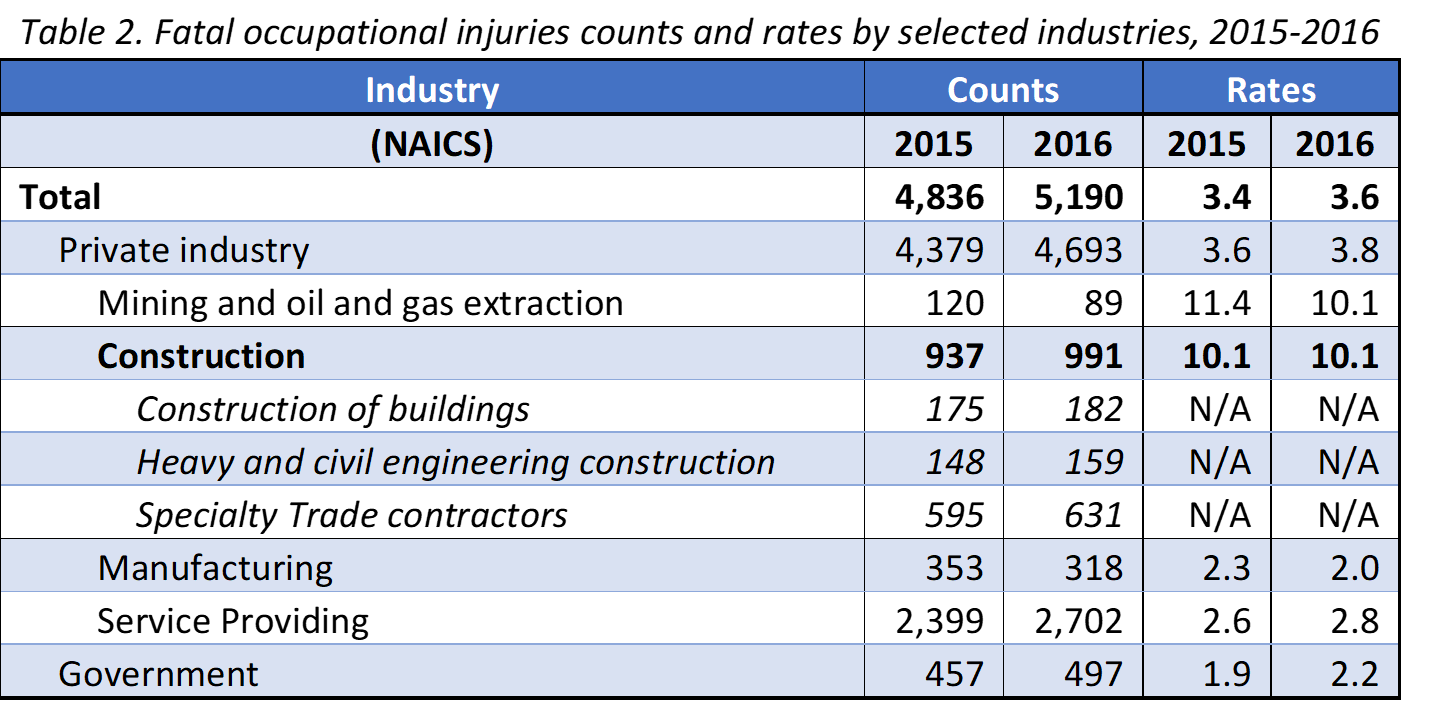
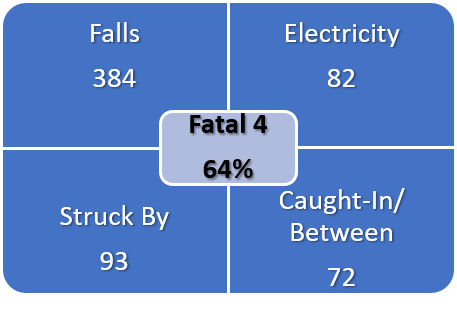
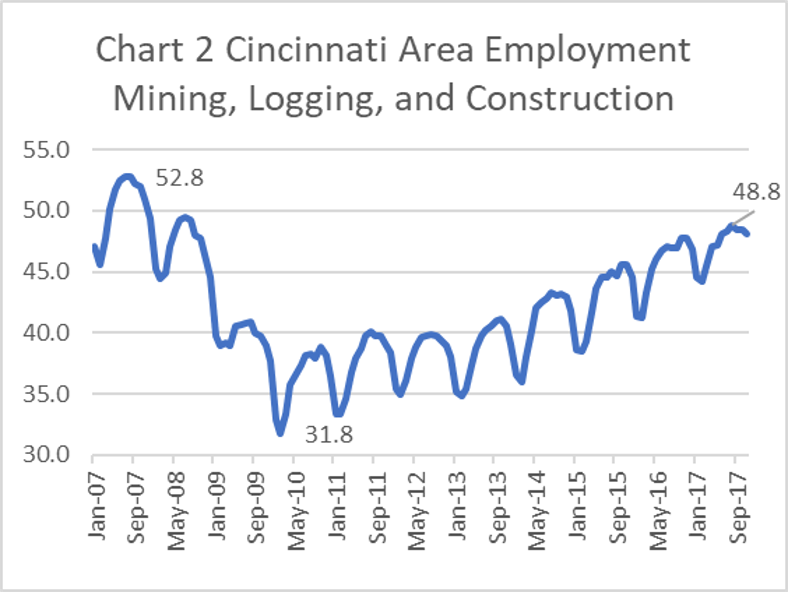
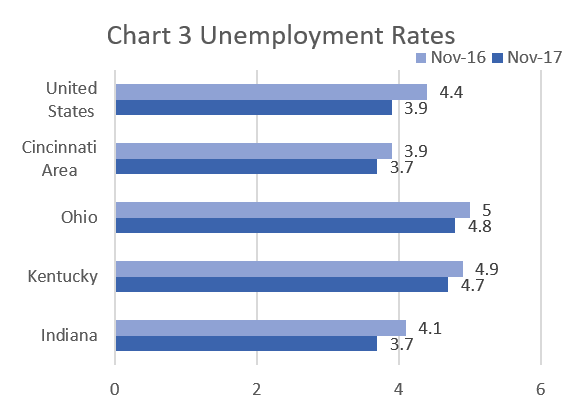
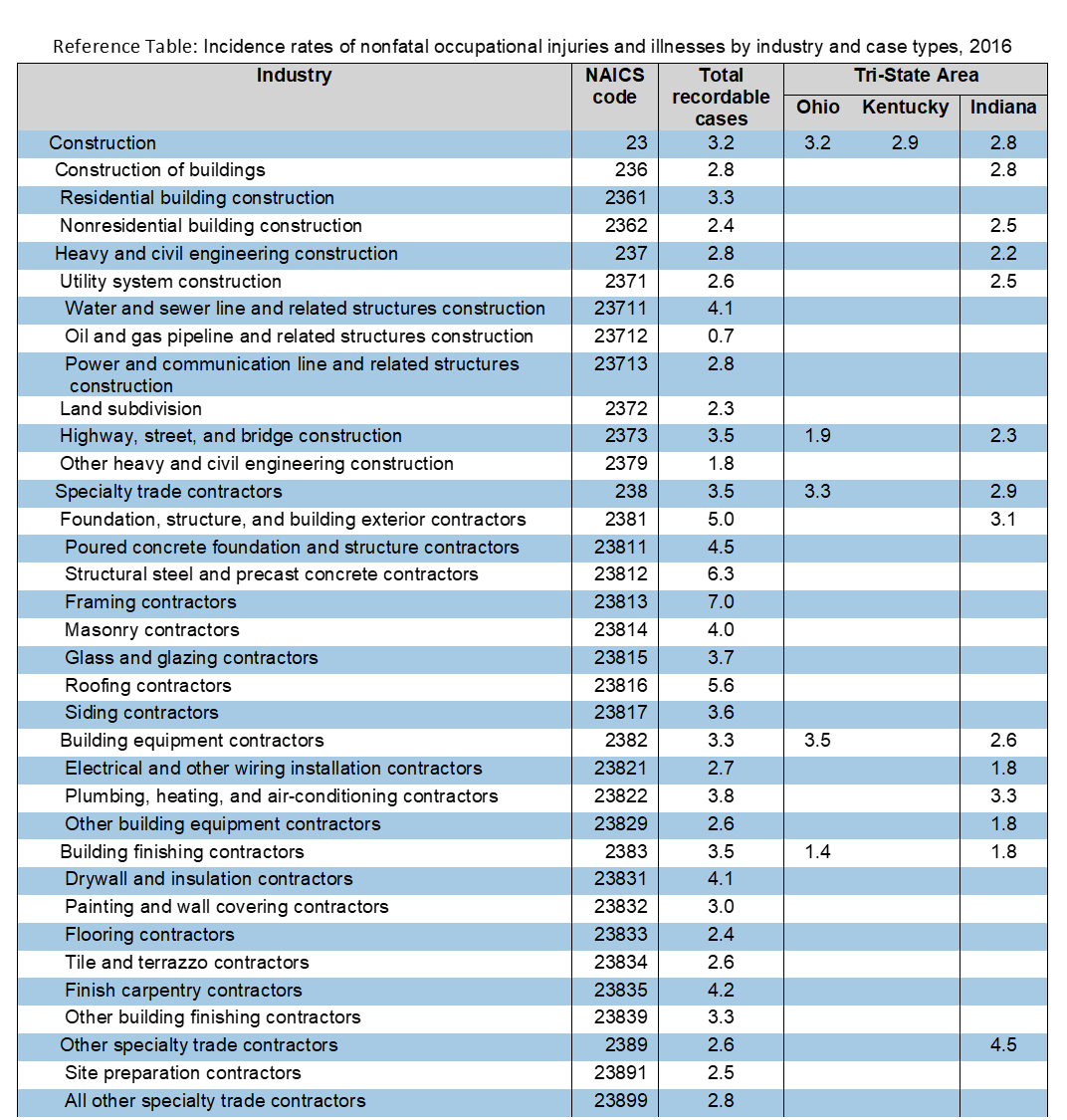
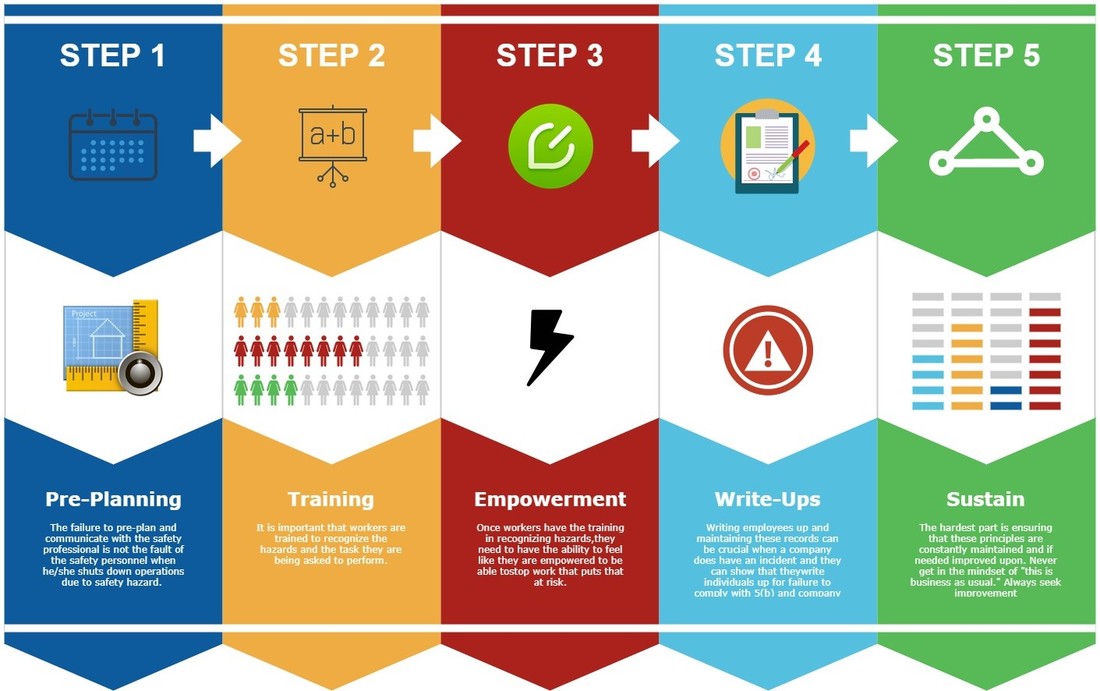
 RSS Feed
RSS Feed